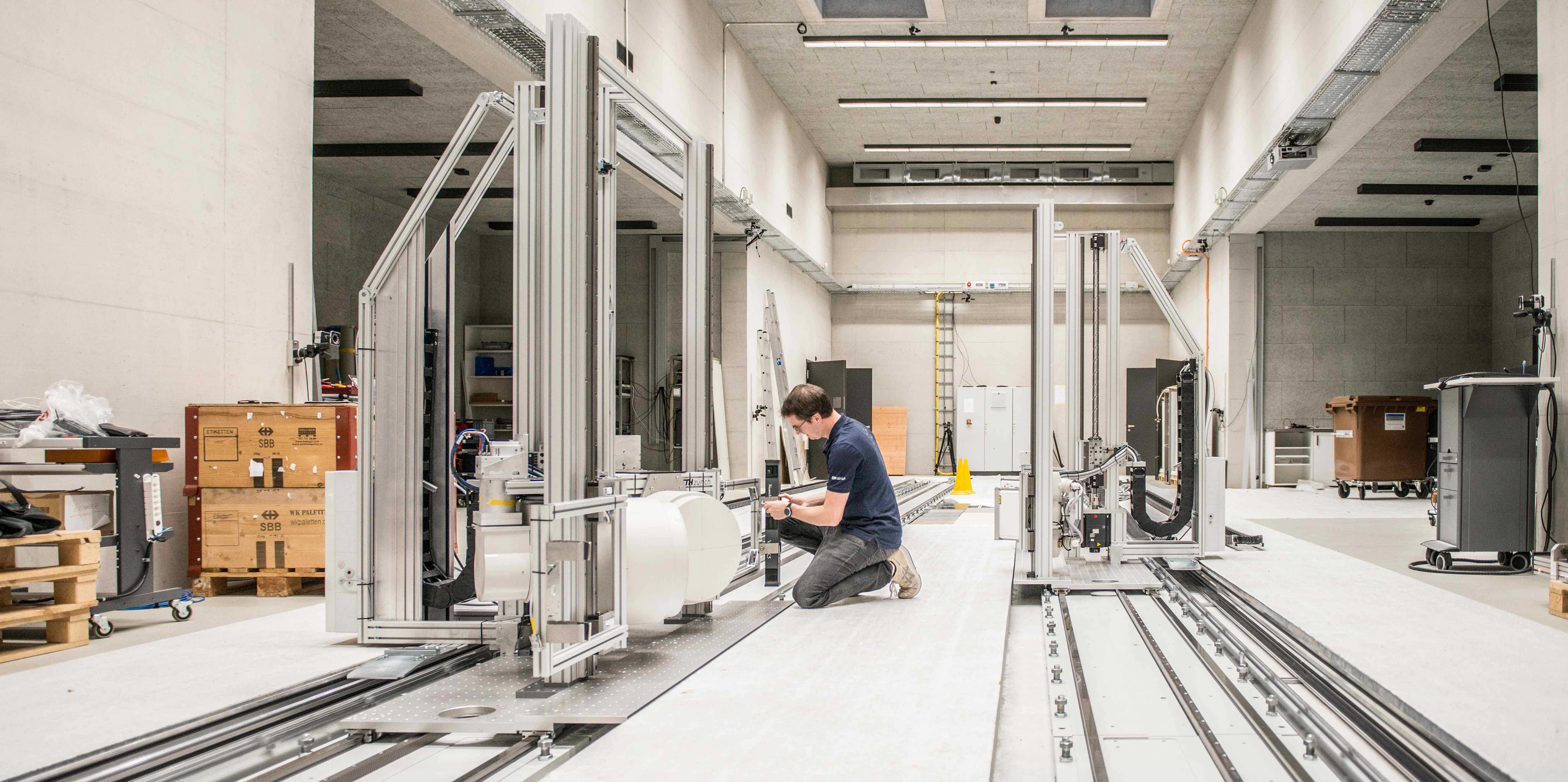“The knee is the most exciting of all the joints in the human body,” says Bill Taylor, Professor of Movement Biomechanics at the Department of Health Sciences and Technology. “And it’s also the most complex. The knee joint is subject to tremendous acceleration and huge stresses, and it performs highly complicated movements.” Taylor discovered his passion for the knee some 20 years ago. Since then, his goal has been to understand every last detail of how this joint works. “First, we need to determine what kind of stresses act on the knee and what kind of movements it performs – only then will we be able to understand why the joint sometimes becomes stiff, or cartilage is depleted, or pain occurs,” he explains.
To learn more about how the knee works, Bill Taylor and his team are using an advanced form of videofluoroscopy – the imaging of skeletal structures within the human body by means of pulsed X-rays. Taylor combines this with an analysis of knee movement using skin markers, force plates and measurements of muscle activity. The Institute of Biomechanics at ETH Zurich first developed an automated moving fluoroscope over ten years ago in order to track the movement of the knee while walking and climbing stairs.
This arc-shaped X-ray device was mounted on a robot that followed the movements of the joint. As the test participants walked, the entire apparatus moved with them, thereby recording moving X-ray images of the knee. These two-dimensional images were then used to create three-dimensional reconstructions and anatomical models, including the muscles and ligaments of the knee joint. This showed the amount of stress exerted on individual ligaments during specific movements, which in turn is important for understanding how pain develops.
Unique measurement device
Although the original device provided much more accurate measurements than previous methods, it came with a number of drawbacks: images were in one plane only, and of a low resolution; likewise, on account of its design, only slow walking movements could be investigated. Taylor and his team therefore resolved to modify and enhance the original device. As Taylor explains, their vision was “to build a unique, state-of-the-art piece of equipment” that would set the gold standard, not only for basic research but also for clinical assessment of knee functionality. The goal was to provide answers to the following questions: Where best to begin with the rehabilitation of a damaged joint? When exactly does a knee joint need replacing? And which implant is best suited for a specific person?














